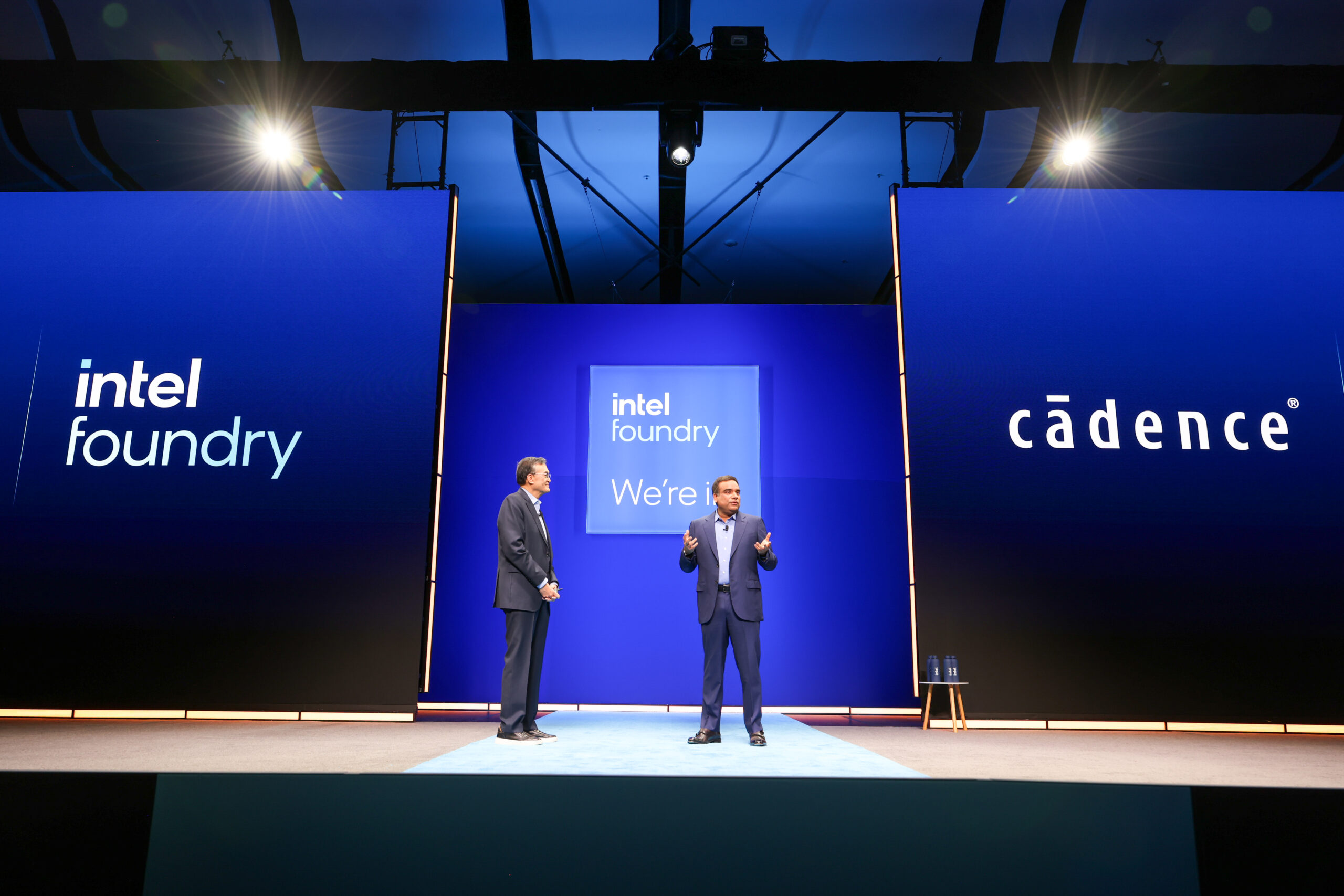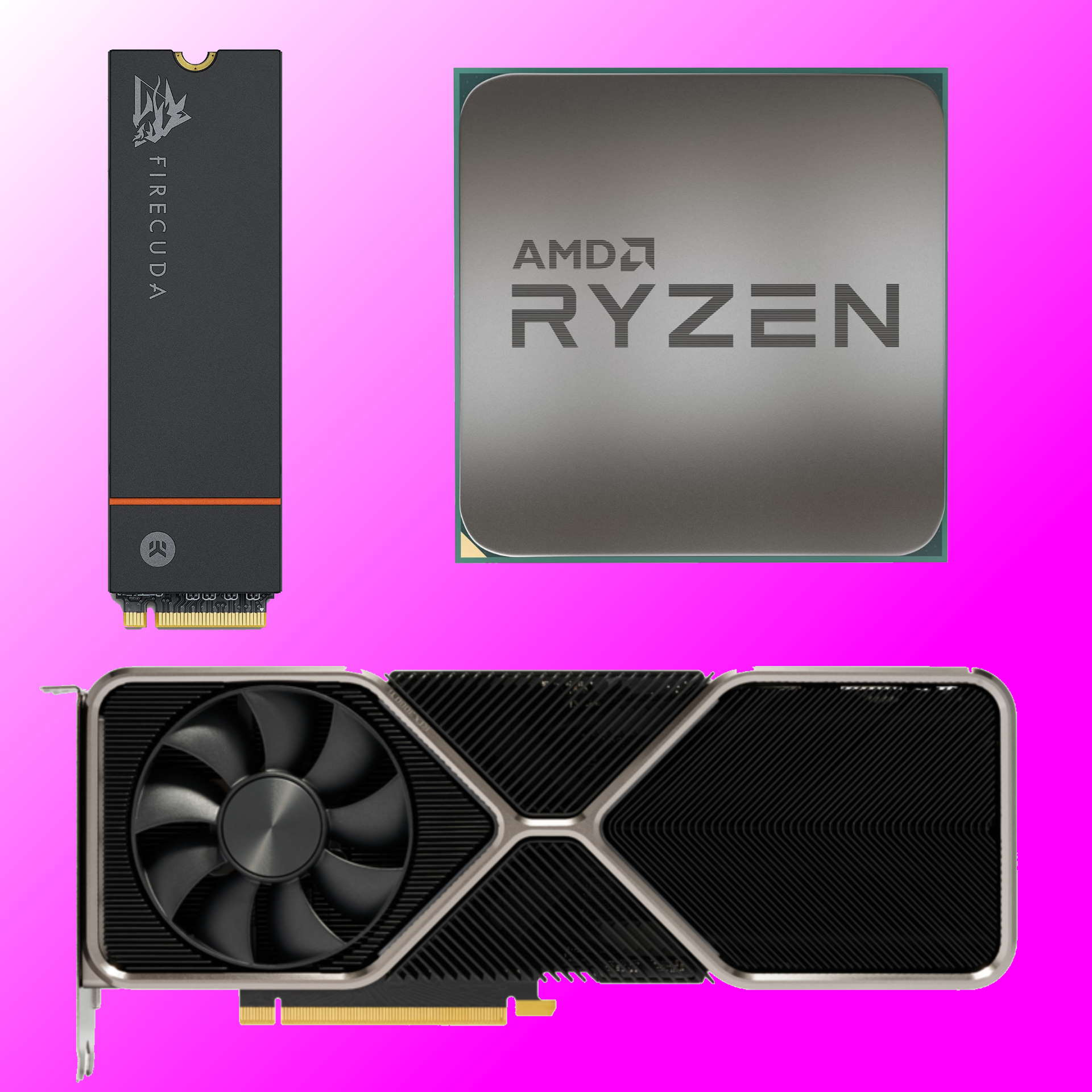
How many have you heard of before?
Last night Intel held its 2025 Foundry Direct Connect presentation where it outlined the next few years for the company in terms of production and fabrication. The company outlined the future roadmap of the 18A and second generation 14A nodes along with their focus on AI computing. As part of this Intel announced its lineup of partners for moving forward on manufacturing further silicon.
Sadly, however, there was zero mention of new customers for Intel Foundry, which could either mean it’s keeping those deals secret until any negotiations are completed and the ink is dried on the contract, or Intel is really struggling to get companies onboard with its upcoming new processes. A big name would have done a lot to give people confidence in the foundry’s future success.
Certainly, most of the names Intel dropped in its list of partners probably don’t mean much to the average consumer. Most are companies that make the things your stuff is made out of, so it’s several rungs removed. So here’s all the partners Intel mentioned in the presentation and what they might actually be doing.
Synopsys was one of the first partner companies to crop up and are of no surprise. Intel has partnered with Synopsys for years now in developing and co-optimising nodes to work with and be integrated into wider technologies. Synopsys usually works with other customers it brings to Intel too, so it’s largely about collaboration and streamlining designs.
Cadence is another company that Intel partners with in the hopes of optimising design and processes. Its focus is on compatible designs as well as integration into existing ecosystems. Cadence also works on exploratory data analysis, a bit like that new robot dog scab Intel hired, which has been integrated into Intel’s own processes.
Another longstanding partner is Siemens EDA. Siemens EDA is responsible for both digital and physical assistance towards the manufacturing process. This includes working with simulations to test the viability of work and co-developing advanced packaging solutions. The company has a focus on combining software and hardware for the best possible solutions which can have huge benefits when working with AI computing.
Similarly to Siemens and Cadence, PDF Solutions is a company that provides analytics and data integration services. Its main job is to help bridge the gap between design and manufacturing for Intel. It’s all about getting production to a point where it can be ramped up easily for customers.
When it comes to developing 12nm chips, United Microelectronics Corporation is Intel’s go to. This partnership allows Intel to focus on other areas of manufacturing and use UMC’s established knowledge and skills with 12nm fabrication for those processes.
For testing and quality assurance, Teradyne and Adventist are some of Intel’s biggest partners. They employ advanced test methodologies and turnkey test services to ensure Intel’s productions are meeting all the quality benchmarks and standards.
Powertech Technology Inc. help make Intel’s chips work with other components on a node basis. They’re responsible for Supporting EMIB bumping and packaging, which is essentially how the nodes can connect to each other and other things. It allows Intel to use additional packaging solutions that may integrate better with certain technologies. Amkor Technology has a similar role as a partner but with further emphasis on expanding partnership opportunities thanks to connectivity.
And lastly there’s ASML, previously known as Advanced Semiconductor Materials Lithography. This company is responsible for allowing Intel to print its nodes in the first place by manufacturing the lithographs required to print these fine nodes on. Its efforts would go directly to helping to reliably print nodes like the 18A using efficient and scalable methods.
Most of these partners have been working with Intel for a while, and none come as any particular surprise. Intel’s partnerships are mostly about interconnectivity and providing the broadest range of applications for the manufactured chips. Basically trying to make sure everything is compatible as possible in this ever changing techscape.
Best CPU for gaming: Top chips from Intel and AMD.
Best gaming motherboard: The right boards.
Best graphics card: Your perfect pixel-pusher awaits.
Best SSD for gaming: Get into the game first.







